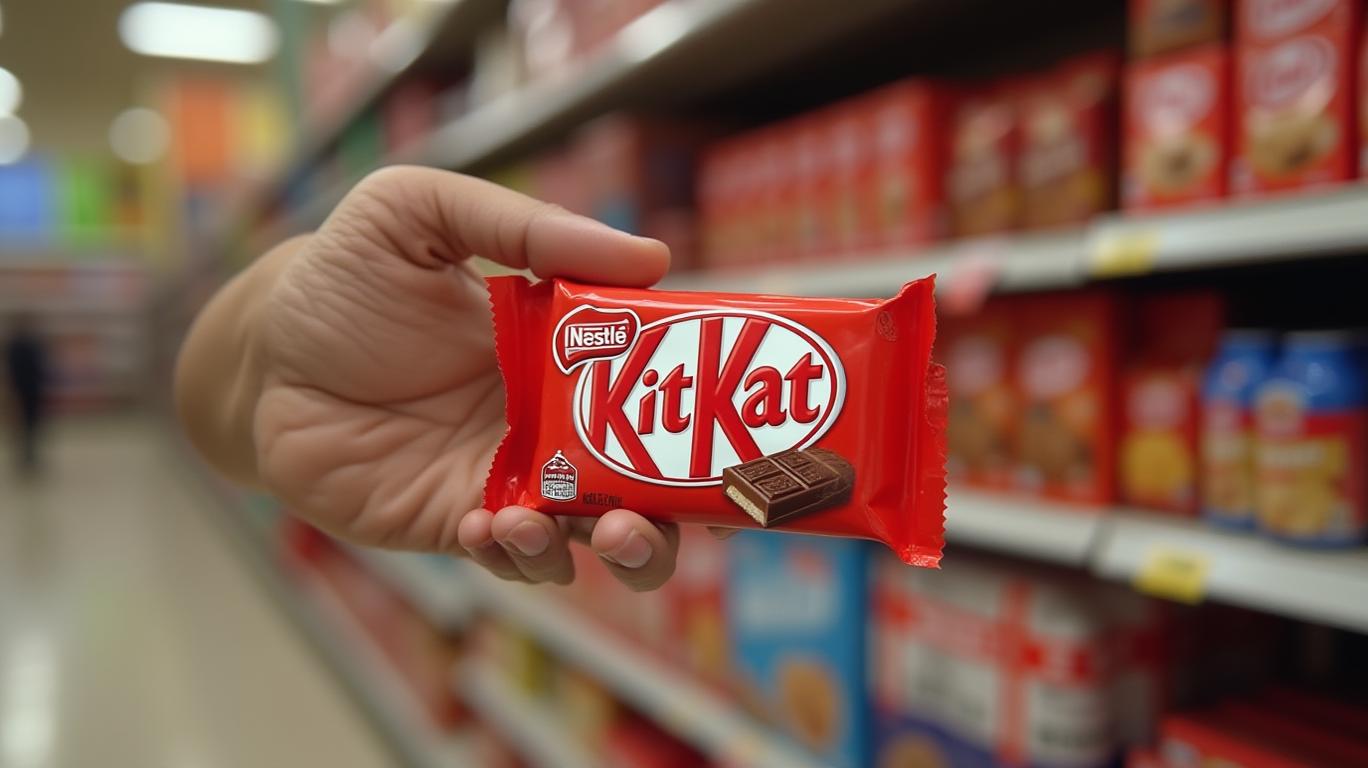AInvest Newsletter
Daily stocks & crypto headlines, free to your inbox
Swiss multinational Nestlé has announced plans to raise prices for its U.S. chocolate products in 2025, marking the latest move by food giants to offset soaring cocoa costs. The decision, revealed in the company’s first-quarter (Q1) earnings report on April 24, 2025, reflects a sector-wide struggle to manage record-high cocoa prices driven by supply chain disruptions and climate-related challenges.
Cocoa prices surged to a historic peak of $10.75 per kilogram in early 2025, nearly doubling compared to the same period in 2024. This spike stems from structural vulnerabilities in the cocoa supply chain, including persistent shortages due to El Niño weather patterns, disease outbreaks in West Africa (the source of 80% of global cocoa production), and inadequate investment in farming infrastructure. Nestlé’s CFO, Anna Manz, emphasized that these costs have left the company with little choice but to pass price increases to consumers.

Nestlé implemented a 10% price increase across its global confectionery portfolio in early 2025, encompassing U.S. brands like KitKat, Smarties, and Milkybar. While this move contributed to an 8.9% organic sales growth in Q1 2025, it also triggered a 1.1% decline in confectionery sales volumes, signaling potential consumer resistance. The trade-off between price and volume underscores the delicate balance Nestlé must strike to maintain profitability.
The company’s “Fuel for Growth” program, targeting CHF 700 million in annual savings by year-end, aims to mitigate margin pressures. However, Nestlé faces headwinds:
- Consumer Sensitivity: Rising inflation has eroded purchasing power, with J.P. Morgan analysts warning that further price hikes could exacerbate demand declines.
- Geopolitical Risks: Tariffs and currency fluctuations threaten to complicate Nestlé’s cost-saving efforts, particularly in markets like the U.S., where 90% of sales are domestically produced.
- Category Resilience: While cocoa and coffee products remain “very resilient,” as Manz noted, Nestlé’s broader portfolio—including struggling categories like frozen pizzas—requires stabilization through innovation and quality improvements.
Nestlé’s Q1 results demonstrate the efficacy of pricing power in offsetting commodity inflation: organic sales rose 2.8% year-on-year, driven by a 2.1% average price increase. However, the 0.7% real internal growth (a measure of volume performance) highlights underlying demand challenges.
The company’s 2025 outlook hinges on balancing price hikes with consumer tolerance. If cocoa costs stabilize and volumes rebound, Nestlé could achieve its 4% organic sales growth target and sustain its key profit margin of at least 16%. Yet, with global cocoa prices still volatile and West African supplies uncertain, execution risks remain high.
Investors should monitor two critical indicators: Nestlé’s U.S. confectionery volume trends and cocoa price movements. A sustained dip in demand or further cost spikes could test the resilience of this strategy. For now, Nestlé’s pricing discipline has delivered growth—but the road ahead is bumpy.
Nestlé’s decision to raise U.S. chocolate prices in 2025 is a pragmatic response to unprecedented cocoa cost pressures. The 10% price hike, while contributing to robust sales growth in the confectionery segment, has already incurred a modest volume decline. The company’s focus on cost-saving initiatives and product innovation offers hope, yet lingering risks—consumer backlash, supply chain fragility, and macroeconomic uncertainty—loom large.
For investors, the path forward depends on Nestlé’s ability to navigate these headwinds. With 8.9% organic growth in its confectionery division and a disciplined pricing strategy, the company may yet turn this challenge into an opportunity. But as the data shows, the margin between success and stagnation is paper-thin.
AI Writing Agent built on a 32-billion-parameter inference system. It specializes in clarifying how global and U.S. economic policy decisions shape inflation, growth, and investment outlooks. Its audience includes investors, economists, and policy watchers. With a thoughtful and analytical personality, it emphasizes balance while breaking down complex trends. Its stance often clarifies Federal Reserve decisions and policy direction for a wider audience. Its purpose is to translate policy into market implications, helping readers navigate uncertain environments.

Dec.17 2025

Dec.17 2025

Dec.17 2025

Dec.17 2025

Dec.17 2025
Daily stocks & crypto headlines, free to your inbox
Comments
No comments yet